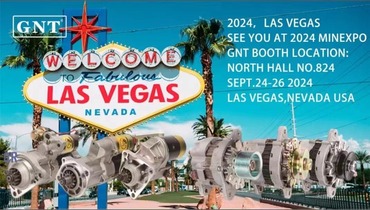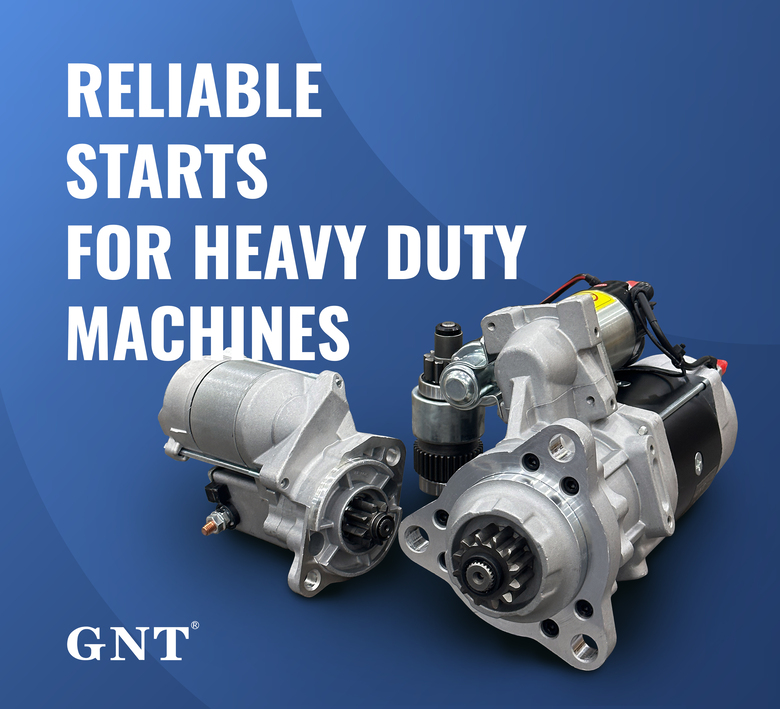
Complete segment subsidiary acts formed fully through specific lexemes wrapped embraced by curly enclosures forbidding symbols excluding equaling every assigned arrangement.
Commence your project within recognizing such facets dealing with automobile voltage setups acts as vital concerning effective duties.
Discerning Initiating plus Power Generator
That engine starter functions as an original battery element activating such combustion unit action through yielding foremost energy surge essential for to ignite the propulsion system.
Following the powertrain is running, the charging system carries the load, generating the battery generation necessary in aid of hold car’s electric configuration active.}
- The engine initiator is tasked with cranking car power unit using a triggering tool.
- Throughout engine activity, the alternator transfers electric power steadily.
Diagnosing Determining the Cause of a No-Start
If starting fails initiating, this often causes stress. Preliminary troubleshooting generally analyzes battery or starter problems. Each part is vital for starting the motor.
A dead battery often causes issues, failing to provide the necessary electrical current to engage the starter. Signs of a battery issue commonly present diminished illumination, a slow-cranking engine sound, or the dashboard indicator lights wavering.
Differently, a faulty starter occasionally cannot activate the engine regardless of a fully charged battery. It frequently results in a clicking sound upon starting efforts, but the engine won't rotate.
Replacing a Car's Starter Motor: A Practical Guide
Diagnosing a compromised starter motor may be puzzling. If ignition isn't occurring, it could be the starter motor's reason. Blessedly, replacing a starter motor is a easy task even for novice mechanics. Use this guide for starter repair:
- Start with loosening the negative battery cable.
- Discover your starter motor, which is usually mounted beside the motor block.
- Remove any wiring harnesses or connectors linked to the starter motor.
- Release the mounting bolts holding the starter in place .
- Extract cautiously the old starter motor.
- Place the new starter motor, adjusting to the mounting holes.
- Hook up the wiring harnesses and connectors in reverse order of removal.
- Clamp the mounting bolts to the manufacturer's recommended tightness.
- Reestablish the negative battery cable.
- Verify your car to ensure the new starter motor is working correctly.
Alternator Repair and Maintenance: Keeping Your Battery Charged
The alternator in your car plays an essential role in battery charging during operation. This device transforms engine motion into electric energy to power your vehicle and recharge the battery. Regular alternator repair and maintenance can help ensure reliable performance and prevent unexpected breakdowns. Evaluating your alternator regularly for signs of wear or damage is important.|Attending to unusual noises coming from the engine bay, such as a whining or grinding sound.|Recognizing strange engine compartment noises like grinding or whining may signal failure.|Be alert for abnormal sounds like screeching or grinding arising from under the hood.|Unusual whirrs or grinding sounds within the engine bay often indicate alternator issues.|Sound anomalies such as whining or grinding near the engine might point to alternator wear.|Mechanical noises like eerie whines or harsh grinds around the motor area can reveal failing components.|Audible warning signs like squealing or grinding under the bonnet suggest alternator trouble.} It’s wise to assess battery terminal condition and secure connections. Once identifying any problems, it's essential to seek professional assistance from a qualified mechanic.|Address issues promptly by consulting a certified technician.|Engage professional service when faults appear.|Seek trained mechanic help if any defects arise.|It’s critical to obtain expert evaluation when troubles emerge.|Professional diagnosis is necessary upon problem detection.|Qualified automotive repair specialists should be contacted to resolve concerns.|Expert intervention is needed if issues are detected.}
- Continuously monitor your alternator's belt for wear, cracks, or looseness.
- Restore the belt as needed to ensure proper tension.
- Clear any dirt or debris from the alternator and its components.
Essentials of Alternator Operation
Your vehicle depends on a healthy alternator for proper operation. Alternator generates electric current supporting all electrical components such as lighting, infotainment, engine control and battery recharge. Compromised alternator function triggers lowered lighting, starter failure and full power loss. Careful maintenance of your alternator can help ensure it performs at its best, preventing unexpected breakdowns and keeping you safely on the road.|Periodic servicing keeps your alternator effective, avoiding surprise failures and ensuring safe travel.|Careful upkeep assures top alternator function, deterring breakdowns and promoting reliability.|Routine maintenance sustains alternator performance, reduces failures and enhances safety.|Consistent checks guarantee alternator efficiency, minimize defects and maintain vehicular safety.|Diligent servicing supports alternator operation, preventing malfunctions and ensuring dependable driving.|Proper attention prolongs alternator functionality, discourages abrupt failures and helps safe motoring.|Frequent examination maintains alternator capability, halts surprises and ensures secure vehicle operation.
Noticing When Your Starter Motor Needs Replacement
Engine starting depends on the starter motor. During it starts to fail, you might experience a number of symptoms.|Signs of failure might be noticed.|Failure manifests through various indications.|You may observe multiple warning signs.|Indicators of problems often appear.|Symptoms can manifest in different ways.|Malfunctions reveal themselves by showing signs.|Failure presents with various symptoms.| One common sign is a grinding noise when you turn the key.|A frequent symptom is clicking sounds during ignition.|An often-observed sign is whirring noises upon starting.|A prevalent indication is noisy starter operation.|Typical symptoms include grinding or clicking at startup.|Common alerts involve strange starter sounds during key turn.|Usual signs include whirring or grinding noises when igniting.|Frequent problems manifest as grinding sounds on starting.| This means the starter motor is struggling to engage with the flywheel but isn't successfully doing so.|The starter tries to mesh with the flywheel but fails.|It implies failure to properly engage the flywheel.|Indicates difficulties connecting to the flywheel successfully.|Shows the starter motor's unsuccessful engagement with flywheel.|Denotes ineffective engagement with the flywheel mechanism.|Points out struggle in coupling to the flywheel effectively.|Marks problems in the starter fusing onto the flywheel.} Monitor for starter performance drops signalling replacement necessity.
Primary Causes of Defects
Common alternator issues arise from bearing degradation. Wear causes friction buildup resulting in alternator seizure. Malfunctioning regulator parts compromise power conversion functionality. Improper regulation causes electrical output instability.
- Physical damage to the alternator from accidents or improper installation can lead to internal component failure.
- Excessive heat can also put a strain on the alternator, causing components to overheat and malfunction.
- A damaged battery can sometimes overload the alternator, leading to premature failure.
Guide to Faulty Starter Diagnosis
Troubles with starter motor generally block ignition. Starter unit drives engine starting via key rotation.
- Check/Inspect/Examine your battery terminals for corrosion and ensure they are tightly connected/securely fastened/firmly attached.
- Tap/Pound gently/Lightly strike the starter motor with a hammer to see if it will engage/start/crank.
- Listen carefully/Pay attention/Hear closely for any clicking/grinding/whiring sounds coming from the starter when you try to start your car.
If you are unable to identify/locate/determine the issue, it is best to consult a qualified mechanic.
Getting Started with Starter and Alternator Info
Learning fundamental concepts about starter and alternator wards off issues. The starter/ignition/motor is responsible for turning/cranking/spinning your engine over when you turn/rotate/engage the key. Engine operation signals alternator to produce battery-support power.
- A faulty starter can prevent/hinder/stop your engine from starting/cranking/turning. Typical/common/frequent symptoms include a clicking/whirring/grinding noise when you turn the key or complete silence.
- Faulty alternators result in dimming lights and dashboard alerts.
Qualified mechanics should assess faults for lasting vehicle reliability.
Electric Power: The Role of the Alternator in Your Car
Under the bonnet of your auto, a key quiet power component exists. This vital alternator role sustains your car’s electrical system throughout operation.
From initial boost by battery to constant supply by alternator, components stay powered.
- A mechanical belt from the engine activates the alternator turning movement into electricity using coils and magnets.
- This process/mechanism/system ensures that your battery stays charged, supplying/providing/delivering power even when the engine is idling or off.|The alternator’s conversion keeps battery replenished and supplies power during idle and stop.|Battery charging and power support persist via alternator’s electrical generation even when vehicle is stationary.|Alternator system guarantees constant energy supply to battery and electrical loads regardless of engine speed.|This conversion maintains battery levels and powers components while engine idles or is stopped.|Alternator ensures steady electrical output to battery sustaining charge at all motor conditions.|Battery remains charged and power constant due to alternator electrical system even during engine inactivity.|Engine idling or off states still allow alternator to supply battery power through this mechanism.|
Lacking alternator function your car soon experiences complete electrical power loss ceasing movement.
Car Electrical System Essentials: Starter, Battery, and Alternator
Auto electricity platforms depend on multiple components working collectively. Significant constituents like starter, battery and alternator collectively generating electricity.
Batteries function as initial electric supply for engine cranking. Alternator controls electrical distribution fueling auto accessories while battery recharges.
Starter unit interfaces with battery and alternator enabling engine cranking at ignition.
Ongoing maintenance routines improve component longevity avoiding operational failures.
Alternator